Flywheel – an instrumental invention done by James Watt about 200 years ago. Back then no one had ever wondered that flywheel would be reborn in the world of marketing too!
The marketing funnel concept was brought forward by HubSpot’s very own Brian Halligan in the Inbound 2018 event. The motive behind introducing the marketing funnel model was to completely replace the funnel with a cyclic approach that aims to build a strong base of brand advocates.
How Is HubSpot Ecommerce Flywheel Better Than Marketing Funnel?
Today businesses use the flywheel in marketing to speed up their growth by transforming a business into a revenue-generating machine.
Many successful brands such as Amazon have adopted the flywheel approach to supercharge their business. Through this, article I’ll be sharing with you how you can apply this HubSpot’s cyclic model for your business and tap an unlimited number of qualified leads and brand advocates.
What You’ll Learn Through This Article?
What Is A Marketing Flywheel?
So as I mentioned earlier, the flywheel model was originated by the inbound marketing experts, HubSpot back in 2018. Therefore, it would be a wise idea to learn how the inventors of the flywheel in marketing define the approach:
The Flywheel is a model adapted by HubSpot to explain the momentum you gain when you align your entire organization around delivering a remarkable customer experience.

HubSpot was inspired by the idea that how flywheels scientifically store the kinetic energy in the form of rotational momentum and smoothen engine operations. As a result, they took the concept and applied it to improve their marketing strategies.
Wondering how is it possible?
In HubSpot’s eCommerce flywheel model, a brand uses the momentum of its happy and satisfied customers for driving referrals and repeated sales. In short, the flywheel model helps create strong brand advocates for your business.
How does it work?
Just like the marketing funnel is divided into certain stages, the flywheel model is divided into certain phases of a customer’s buying journey.
The flywheel model is divided into the following phases:
Attract Phase
In the attract phase of the flywheel, you need marketing strategies that grab the attention of your target audience. Remember you only have to attract them without being too pushy.
You can take the help of the following marketing channels and attract potential customers:
- Content marketing
- Social media postings
- Social selling
- Targetted and retargeted ads
Engage Phase
Once a prospect is attracted to your business your next step is to see if the visitor has enough resources to engage with your brand. Opposite to the marketing funnel model, in this approach, our focus will be more on building a strong relationship with the prospect instead of closing deals.
There are a whole lot of options with the help of which you can engage your attracted customers:
- Personalized email marketing
- Website personalization
- Sales automation
- Multichannel communication
- Customer segmentation
Delight Phase
The last phase of the flywheel is known as the delight phase. Finally, your prospects are converted to customers and you need to satisfy them with top-class services.
In the delight stage, your role is to support and empower your customers in achieving their desired goals. You leverage the following resources for helping your customers:
- Create an extensive knowledge base of your products and services.
- Hire proactive customer service executives.
- You again take the help of multichannel communication such as chats, messages, emails, or phone calls.
The flywheel model is nothing but a circular representation of the inbound marketing methodology. And, by applying force to the aforementioned phases of the flywheel you can grow your business exponentially and provide an amazing customer experience.
Okay, now that we know have a brief idea of how what a marketing flywheel is, it’s time to see how you can apply this model to your eCommerce business.
Steps For Using The Marketing Flywheel Approach For Your Business
To apply the flywheel approach to your business you need to keep 3 things in mind:
- Check how fast you are spinning the flywheel.
- How much friction the flywheel is facing.
- What’s the size of the flywheel.
Once you are clear with these parameters you are very much ready to build a flywheel for your business. So these are the steps:
Step 1: Define Your Flywheel
If your business is generating leads it is highly possible that you’re already using some marketing model. You only need to translate your current marketing model to the flywheel approach.
Initially, it might take some time and it might look complex, but once you’re through defining the marketing flywheel for your business, every other step will be a piece of cake.
To comb your former marketing model into a flywheel and take the following into consideration:
- Pen down your core KPIs that you’re already tracking for your business and see where they best fit in your flywheel stages.
- Estimate the forces (marketing channels) that you’re using to enthrall your buyers and, distribute them appropriately in the attracting, engaging, and delighting phases.
- Find all the points of friction due to which customers are not completing their buying journey with your business.
While you’re defining the flywheel in the first step ensure that the process applies well to the attract, engage, or delight stages.
Step 2: Deliver A Delightful Customer Experience
After you have defined the flywheel model for your business it’s time to deliver a kickass buying experience to delight your customers.
At its core the marketing flywheel is built on the foundation of inbound marketing as a result, it makes it highly customer-focussed. Now the only to create a delightful experience is to empower your customers with all the resources they need to accomplish their shopping goals.
Now tailoring a customer experience is a highly subjective process but, there are some key pointers that you can consider to form the base of your blueprint:
1. Conduct surveys to know the basic needs of your customers
Now I know every customer is different but, there are some basic needs that each one of them shares with each other. You can judge this by conducting surveys that help you know how your buyers are using the products or services bought from you.
2. Create a robust customer service platform
Customer services play an important role in empowering your buyers and helping them to make the best use of their purchases.
In fact, 67% of customer churn is preventable if firms resolve issues the first time they occur.
Invest in customer service strategies and software that treat your customers the way they should be treated.
You can use HubSpot’s Service Hub which is a customer service software that helps you deepen customer relationships.
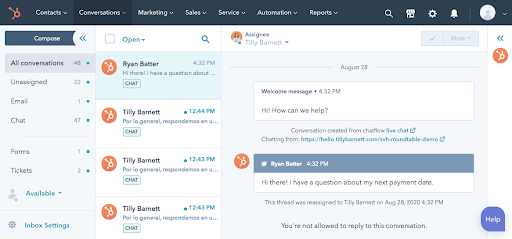
The prominent features of Service Hub include
- A customer portal that gives shoppers a sense of ownership within a secure environment.
- Service hub comes with omnichannel messaging. As a result, it provides a superior customer experience regardless of the channel your customers are interacting with.
- Live chat feature to provide a real-time solution to buyers on your website.
- It also has a VoIP calling feature that allows the sales representatives to call your customers directly from the HubSpot platform.
In short, HubSpot’s Service Hub is an all-in-one solution to delight your customers with top-class customer services.
3. Actively listen to what your customers say
Consistently listening to your customers and soliciting feedback from them helps you find the key areas for improvement. Consequently, you can very easily find what can be the possible factors that can act as friction in your marketing flywheel model.
So these were some of the basic ways or strategies to achieve customer delight, now let’s move towards the last step of applying the flywheel approach.
Step 3: Narrowing Down Points Of Friction
The speed of a flywheel is directly proportional to the friction it has to go through while spinning. For finding the friction you can trace the following steps:
- Start with curating content for buyers at different stages of the flywheel.
- Hire a dedicated onboarding team for a smooth transition of prospects at every buyer stage.
- Give customers options to connect with you such as emails, meeting links, and live chats. As a result, you can gain insights into where your customers are having trouble in their buying journey.
So these were some simple steps for applying the marketing flywheel approach. However, how you exactly use these steps totally depends on your business model and, how you’re syncing them with your current marketing strategies.
But, there are some best practices you can consider while defining the flywheel for your business.
Top 5 Best Practices For Designing Marketing Flywheel For Your Business
1. Promote Your Content On User-preferred Channels
Content is the core of inbound marketing, and it is something that gives your flywheel a start. Generating valuable and relevant content attracts and drives users to your site. And when you promote that content on user preferred channels, it gets more convenient for the user to reach out to you.
When these users make purchases at your store, your sales get a boost. This boost in your sales gives a push to your eCommerce flywheel and starts rotating it.
But while promoting your content, remember that your content provides some value to the readers. If your content isn’t providing them any value or doesn’t relate to them, or doesn’t stimulate any desire, it’ll be scrolled like any other ordinary post.
Content is the core of inbound marketing, and it is something that gives your flywheel a start. Generating valuable and relevant content attracts and drives users to your site. And when you promote that content on user preferred channels, it gets more convenient for the user to reach out to you.
When these users make purchases at your store, your sales get a boost. This boost in your sales gives a push to your eCommerce flywheel and starts rotating it.
But while promoting your content, remember that your content provides some value to the readers. If your content isn’t providing them any value or doesn’t relate to them, or doesn’t stimulate any desire, it’ll be scrolled like any other ordinary post.
Here’s how you can promote your content on different channels:
- Analyze what channels and sources you’re getting the most traffic from, like Facebook, Quora, and Twitter.
- Use those channels to promote your content about your new products, sales, rebates, etc.
- Try to get organic traffic from the channels that perform less for your brand.
2. Present Your Product Pages Well
Once they’ve reached your site, you can persuade them to take action with your well-optimized product pages. You should write great copies, use eye-catching and descriptive images, offer discounts, etc. to engage users on your product pages and prompt them to buy.
The more you describe your product, the more customers will learn about it. And when they know a product inside out, they can make a better decision if to buy the product.
Here’s how you can optimize your product pages:
- Write content that clearly explains your product.
- Use high-quality images but take care it doesn’t slow down your page speed.
- Use related keywords to boost the chance of ranking high on search results.
3. Focus On Improving Customer Experience
The most crucial ingredient that is needed to get the benefits of the flywheel effect is customer experience. When customers have a great experience at your store, they’re more likely to recommend your brand to others. This brings more prospects to you and speeds up your business flywheel.
Here are a few things you can do to enhance customer experience at your eCommerce store:
- Simplify customer buying journey.
- Ease the checkout process.
- Make website navigation and product search simple.
- Suggest products they’re interested in.
- Follow up With Your Existing Customers
4. Follow up With Your Existing Customers
Selling to a new customer is 5 times harder than selling to an existing customer. Therefore, taking regular follow-ups with your customers is very important.
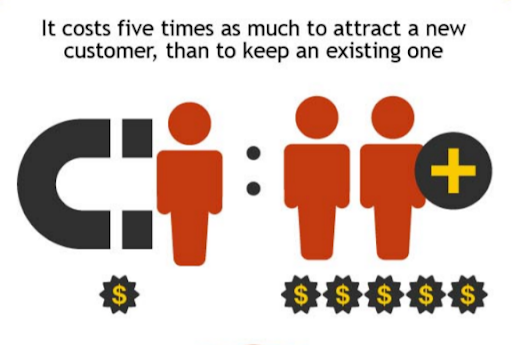
Your existing customers can speed up your eCommerce flywheel more easily and, regular follow-ups increase your chances to retain them.
Here’s how you can follow up with your current customers:
- Send a thank you mail to your customers.
- Send follow-up emails about your new offers and products to the customers who’ve purchased from you.
- Communicate with them on a call or on social media after a specific time of purchase.
When you retain your customers, chances are high that you’ll earn more while saving more. And when you do it, the flywheel effect gives you outcomes.
5. Provide The Best Customer Service
Your job doesn’t finish after selling your product, it starts from there. You must provide customers with great service after they’ve purchased your product. This is essential to keep your marketing flywheel moving.
Here’s how you can improve your customer service:
- Listen actively and carefully to your customers’ issues.
- Know your products inside out.
- Reward your loyal customers.
- Provide 24/7 support on different channels like social media, email, live chat, phone, etc.
These were some of the best practices that you can follow for making the best of the flywheel model. Also, check out the below diagram to get a clear idea of what tools you should use in each phase of the flywheel.
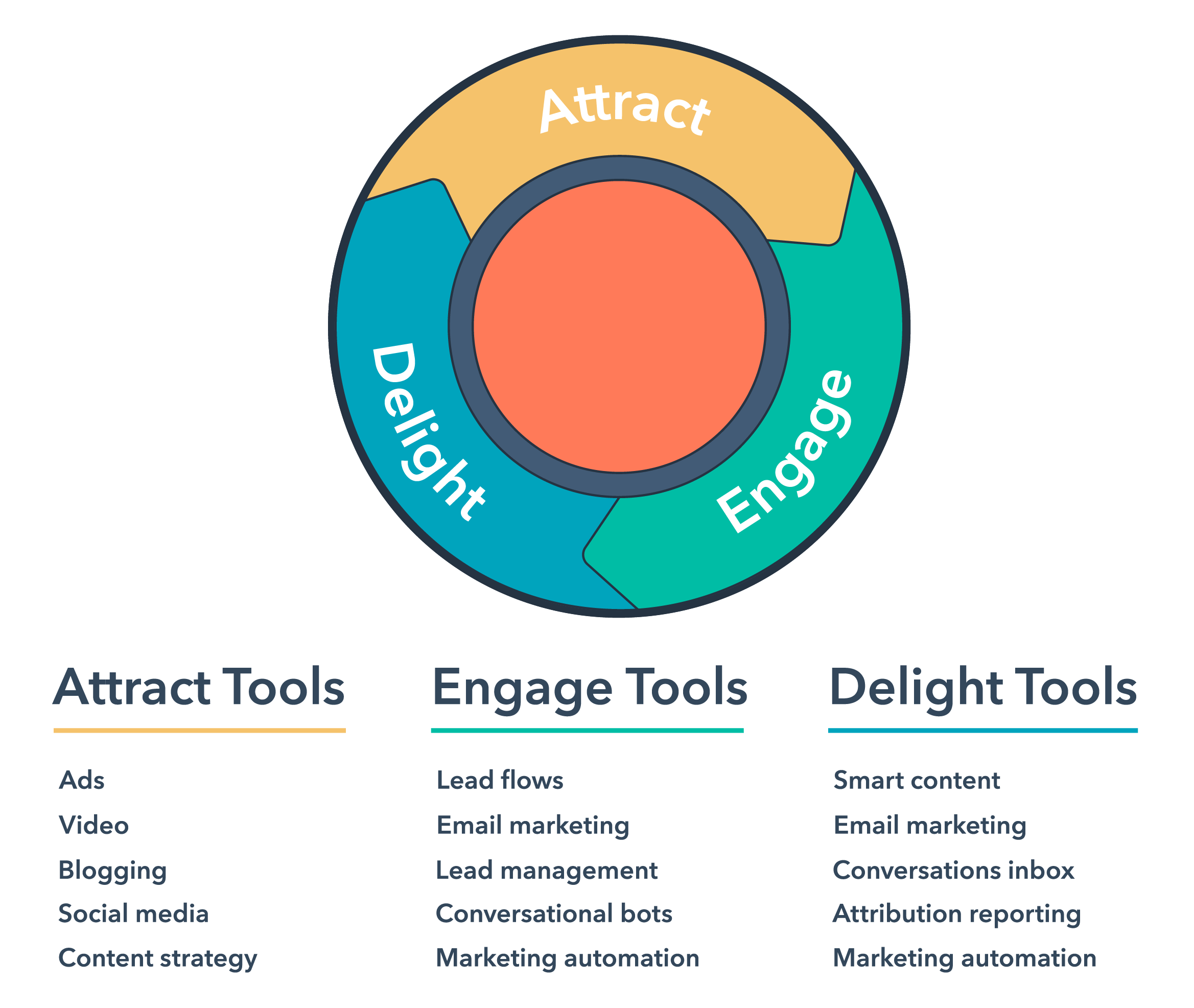
Best Examples Of Marketing Flywheel
Marketing flywheel is the perfect way that ensures that your prospects turn into customers and later they become your brand advocates. Many brands have thrown out the classic funnel for shaping their prospecting strategies and, adopted the flywheel and taking the benefit of inbound marketing.
Let’s see the flywheel model of two very popular and different business models that use the flywheel for prospecting.
Amazon Flywheel
Amazon’s Virtuous Cycle Strategy or what we popularly call the Amazon Flywheel is a perfect illustration for eCommerce business owners.
So the founders at Amazon wanted a marketing model that cultivates an affluent customer experience for their eCommerce platform. If you breakdown the Amazon’s virtuous cycle you’ll a few key elements that they have focussed upon:
- Low prices.
- Huge options for customers
- A great delivery experience.
As a result, they get huge traction on their website in the form of organic traffic.
What do they do with this huge influx of traffic?
Unlike any other eCommerce platform, Amazon allows third-party sellers to sell their products on their platform. As a result, they are able to bring a vast variety of options for their customers in a single category of the products and, this is how they are able to deliver a rich customer experience.
If we break down Amazon’s flywheel we can summarize it using the following 2 elements:
- Firstly, Amazon has a lower cost structure where the revenue is reinvested in the business to offer even lower prices, provide more options, and manage inventory more efficiently.
- Secondly, the customer experience improves as the prices keep on decreasing and the selection of products broadens.
As a result, the flywheel spins and gains momentum with time.
WordPress Flywheel Model
WordPress is a free and open-source CMS and blogging platform. The non-profit open-source organization earns its revenues from donations, events, and premium tools built for enhancing its functionality.
Open-source projects that do not find a way to generate revenue get abandoned over time. But, WordPress instead, developed a solid economic foundation to enable the growth of its community over the years.
How did WordPress grow as a community with the flywheel approach?
So as we know WordPress mainly generates revenue from its premium plugins and themes. However, the active users also get a huge number of options that are freely available on the WordPress repository.
If we look at the WordPress repository there are 2 key players:
- Firstly, the developers develop and manage codes for the plugins.
- Secondly, the users that browse and download the plugins from the repository and use them in their WordPress dashboard.
WordPress used the flywheel model for creating an entire ecosystem of developers and users consequently, allowing the platform to scale on small budgets.
WordPress Flywheel Key Takeaways:
Flywheel – Your Ticket To Grow Better
More than a marketing model flywheel is a mindset that helps businesses grow better using the principles of inbound marketing. If you can incorporate the mindset into every part of your business I can guarantee you that you’ll be able to unlock the greatest potential of your brand.
The reason behind the huge success of flywheel is that it incorporates the customers into helping them grow their business.

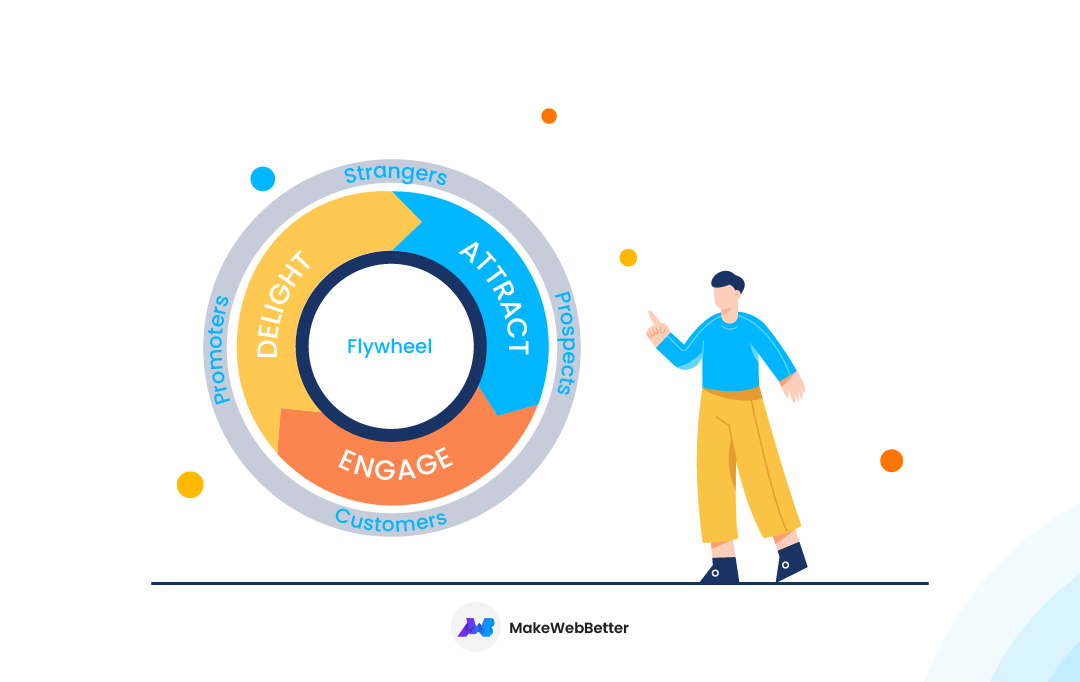
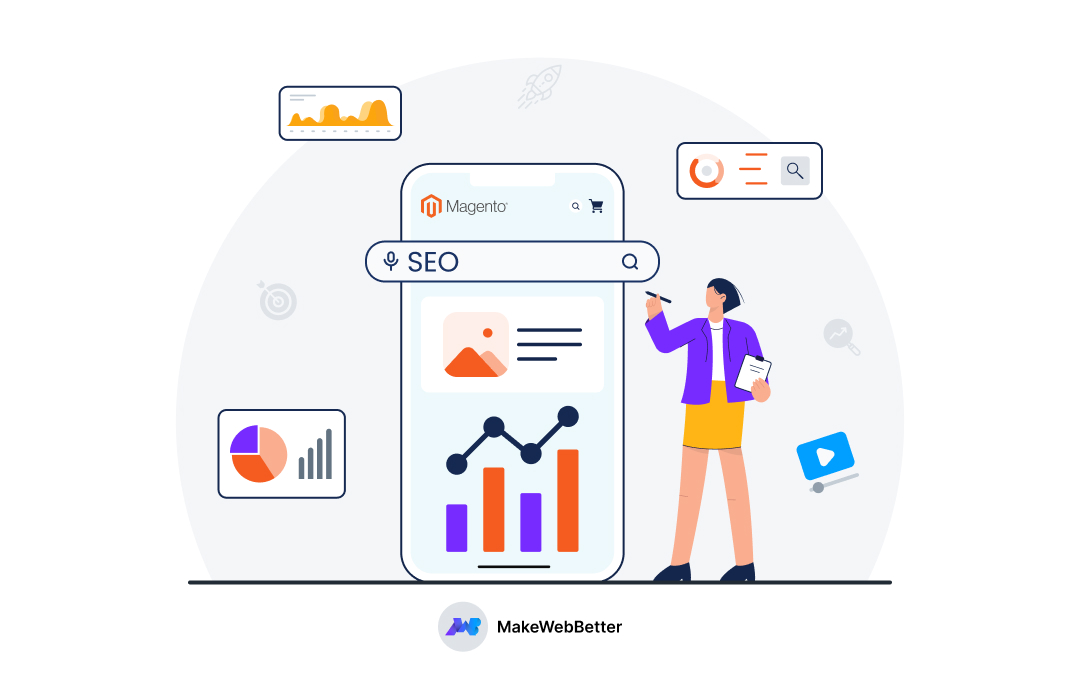
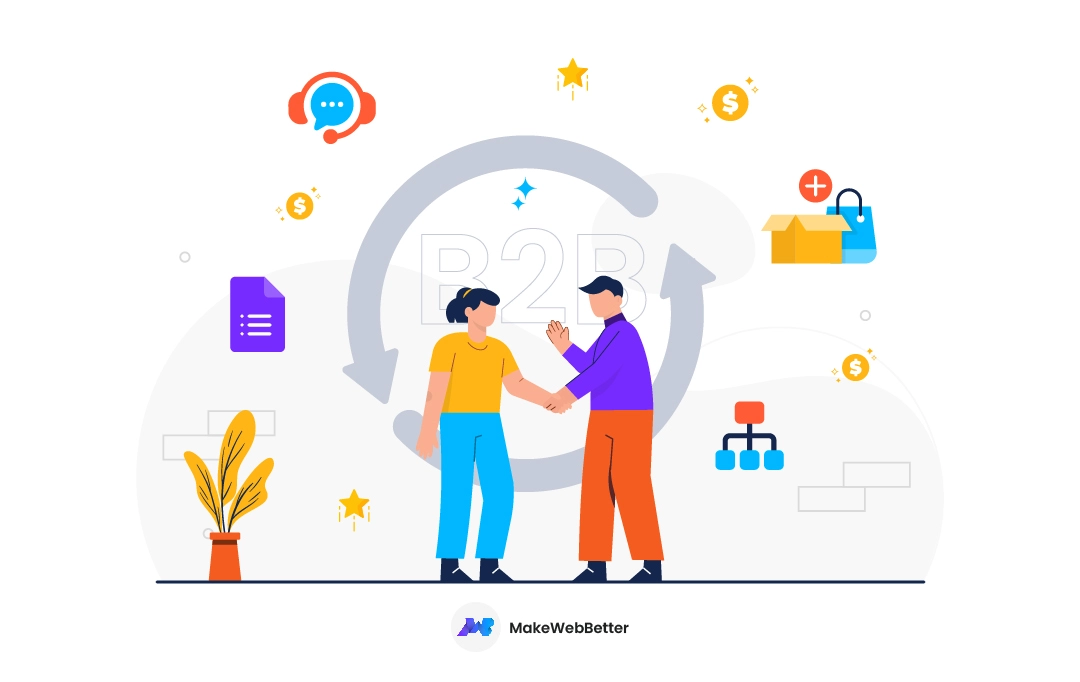
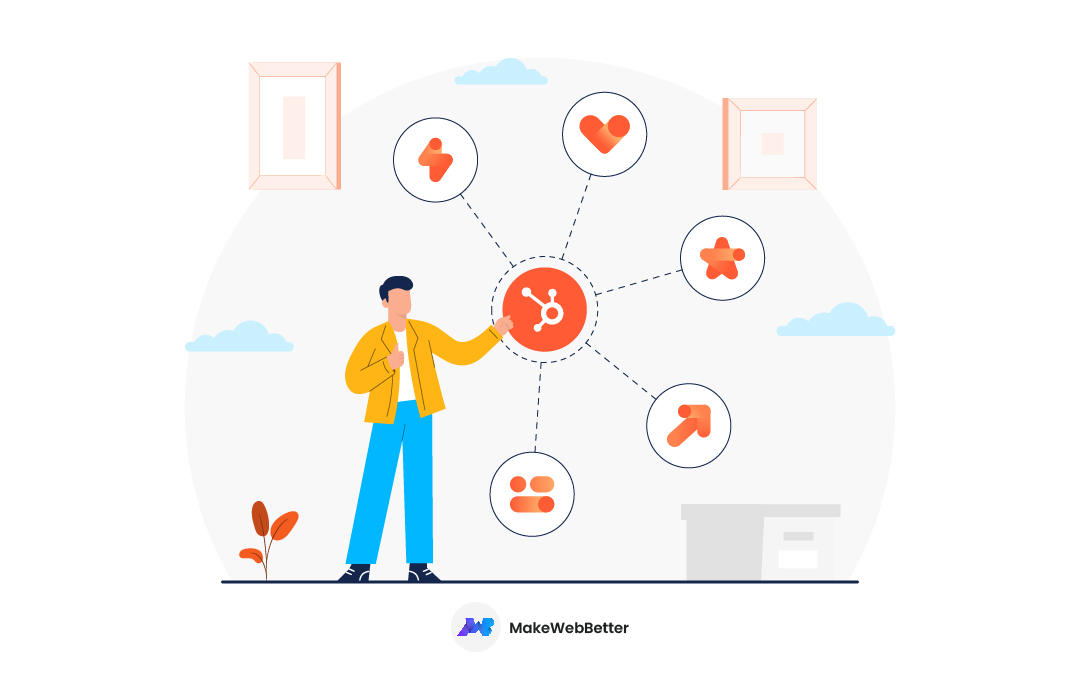




Awesome blog! Would love to explore this concept further.
Hello Shankar! I’m glad you found the post insightful. Please subscribe to stay updated with our upcoming posts.